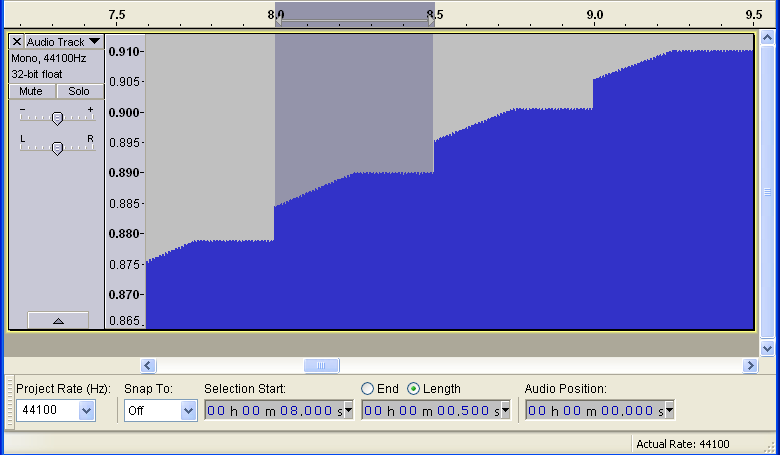The question whether software licenses are “compatible” arises when you take somebody else’s code and create a derivative work from it. This is not the case here, so this question is actually irrelevant.
More specifically, the original author of a software, who obvisouly owns all rights on his or her own code, can decide to release his or her own work under whatever license he or she deems suitable. This could be one of the “standard” OpenSource licenses, it could be a custom-made OpenSource license or it may be a proprietary commercial license. And of course the original author is free to put some parts of his own work under one license and other parts of his own work under another license. Heck, the original author is even free to release his own software under two (or more) different and incompatible licenses! Many projects, like Qt Framework or x264, use a “dual license” model: They release their code under the (L)GPL and, at the same time, under a proprietary/commercial license - so every user can choose the license that covers his uses cases.
Having said that, there is absolutely nothing in the GPL that would prevent GPL’ed code to be combined with code that is released under the MIT license. Neither does the MIT license prevent code that was released under MIT license to be combined with GPL’ed code. However, it should be clear that any derivative work that contains some (L)GPL’ed code has to be released under the (L)GPL again - unless the original author explicitly agrees to the license change.
If the author of a software decides to share his code under the GPL or LGPL, this doesn’t change anything about the fact that he or she still owns all rights on the code.
With the GPL or LGPL, the author allows everybody to use, modify and redistribute the software without the need for any additional permission, as long as the restrictions and obligations that are imposed by the GPL/LGPL are respected. However, if anybody wants to do something with code that the GPL/LGPL does not explicitly allow, he or she still must ask the original author (copyright holder) for permission!
If the original author gave up his rights on the software by releasing his software under the GPL/LGPL, which of course is not the case, then any license terms would by completely pointless. That’s because, if the original author gave up his rights on the software, then who would own those rights instead? And who would demand that the license terms are respected, even if in court? Nobody? So if nobody could actually enforce the license, what would it be worth?
Yes, nothing 
BTW: You will often find the line “All rights reserved” in copyright notices. That’s because this line was required in copyright notices in the past. Without that line it was not possible (or at least more difficult) to enforce the author’s rights, e.g. to sue somebody who violates the license terms. Today, as far as I know, this line is no longer necessary, in most countries. Anyhow, I tend to keep the variant “Some rights reserved” to make clear that this software is OpenSource but not “public domain” (that is: it’s “free software” but that does not mean you do whatever you want with it). The restrictions and obligations of the respective software license, e.g. GPL or LPGL, apply.
All rights that are not explicitly granted to everybody by the (L)GPL are reserved. And even those rights that are granted, are only granted if you agree to the (L)GPL - which comes with certain restrictions and obligations.
And the most important restriction/obligation of the GPL is: If you incorporate some GPL’ed code into your own project, then your own project becomes a derivate work and thus it must be shared under the conditions of the GPL too.
The LGPL says pretty much the same, except that linking your program against an LGPL’ed library does no make your project a derivate work. With the GPL, your project would be considered a derivate work, in that case.
![]()
